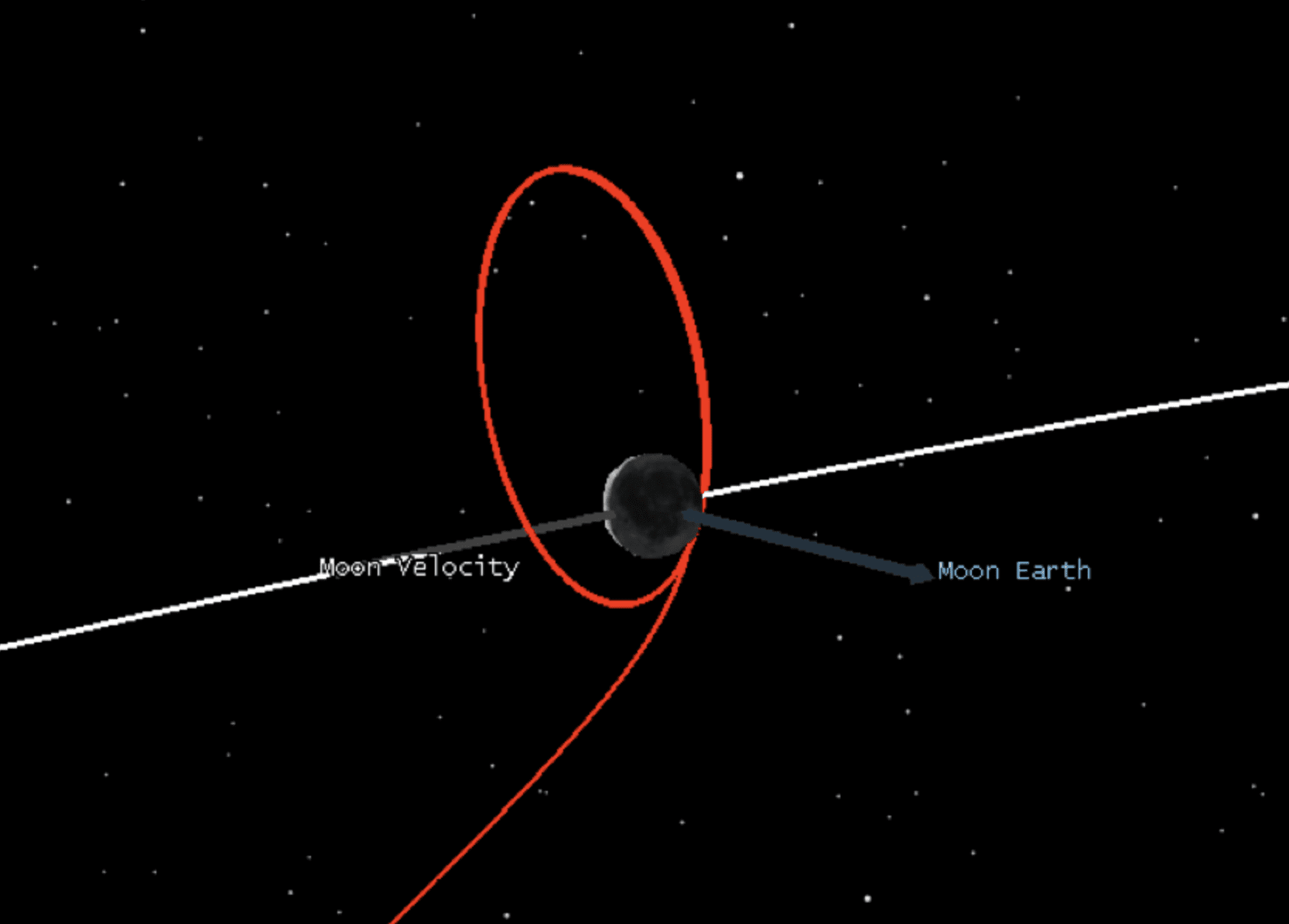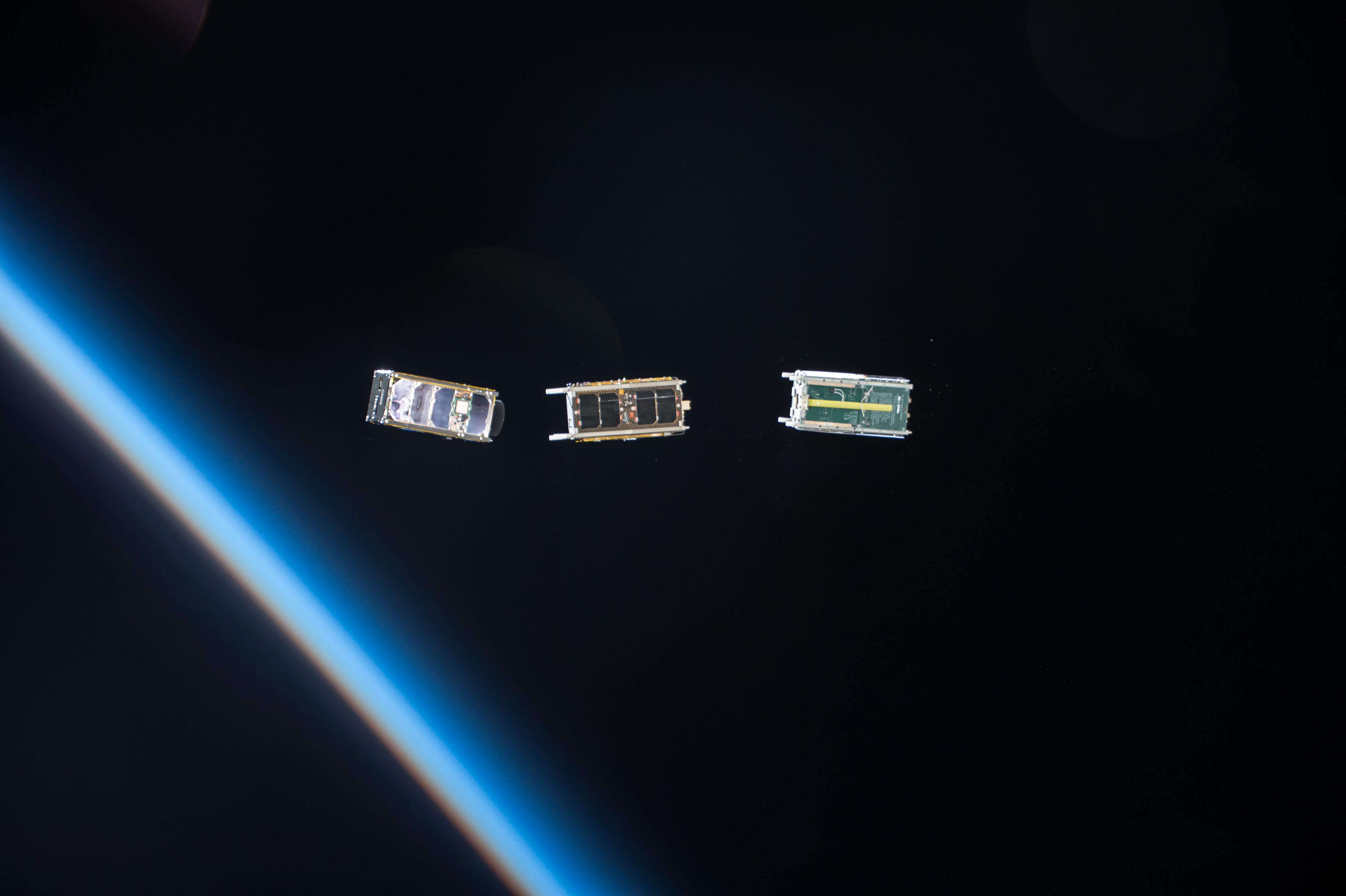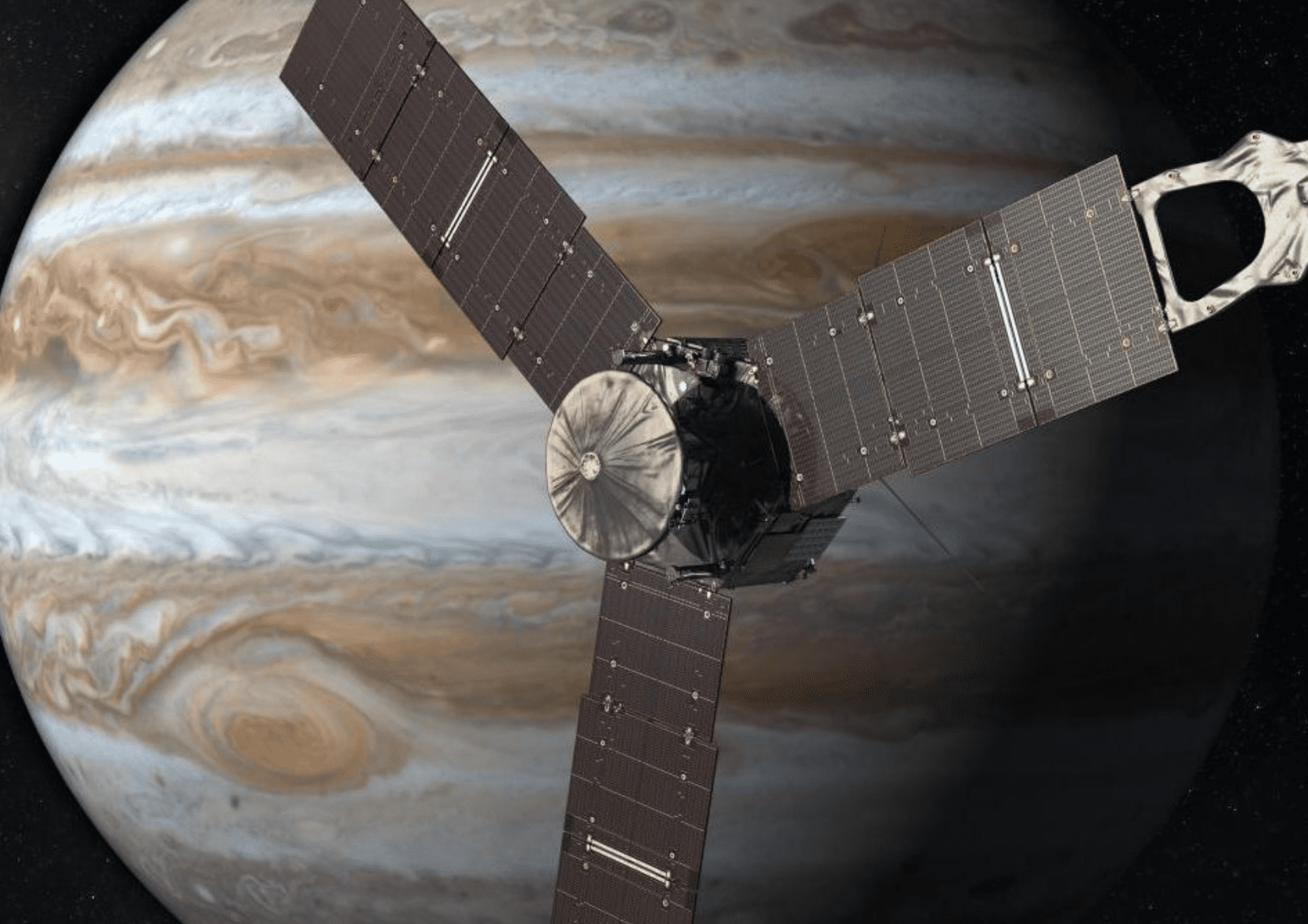
NASA Mission Flight Dynamics
Metis works with NASA to meet the challenges of analyzing and customizing orbit characteristics to mission design requirements, including mission orbit design for science and technical requirements and transfer trajectory design in Earth orbit, lunar, and planetary missions.
Recent accomplishments include:
- Developed mission simulations for swarms of multiple, interacting spacecraft
- Flight Dynamics lead on the Arcus mission
- Developed unprecedented equatorial, lunar orbit for the Dark Ages Radio Explorer (DARE) mission
- Developed mission orbit analysis that addressed the constraints and requirements of cycler orbit flybys of Phobos and Deimos
- Developed HelioSwarm mission orbits, with final swarm design decreasing maximum separations and addressing space communications limitations
- Prototyped tool for relative motion in perturbed, eccentric, high altitude orbits
NASA SPHERES and Astrobee Mission
The NASA SPHERES - Synchronized Position Hold, Engage, Reorient, Experimental Satellite - and Astrobees are robotic free-flyers operating aboard the International Space Station. These robots are designed to work autonomously or via remote control by astronauts, flight controllers or researchers on the ground in support of Astronauts' activities. Metis engineers provide development, assembly, integration and test of ground and flight units, and in-flight operations support on ISS, as well as technical support for the SPHERES ground data system. Not only responsible for hardware prototyping and development, Metis engineers manage the day-to-day activities in the small satellite development laboratory at NASA Ames supplying support and on-hand experience. They recently played lead roles in the replacement of the SPHERES “blue” satellite propulsion system and successful return to flight.
Metis has pioneered the engineering services for Astrobee as lead in the development, assembly, integration and test of ground and flight units. In addition to our management of hardware prototyping and development, our engineers are critical in the developing the mission Safety Data Packages and Flight Certification packages for these ISS missions.

NASA Starling Mission
The Starling mission is a NASA Ames-led technology demonstration mission under the Small Spacecraft Technology Program designed to advance the readiness of several swarm-related technologies. Starling consists of four 6U CubeSats planned to launched to LEO in mid-2021. Metis engineers currently support Starling in flight dynamics and mission operations lead roles. As the flight dynamics team lead, Metis manages mission design and orbit determination. We oversee requirements development, modeling of the swarm’s relative motion, and maneuver design. Additionally, we lead the autonomous swarm maintenance experiment that will fly as a software payload. As the Mission Operation Systems (MOS) and Ground Data Systems (GDS) Lead, Metis manages ground data system development, integration, and testing on the GDS side. On the MOS side, we manage the Mission Operation Plan and Mission Operation Test (simulations, rehearsals, End to End Test, NEN Operational readiness test, and other required tests). We also coordinate NEN support, as well as training and certification for the mission operators.
AFRL R&D INTEGRATED SPACE EXPERIMENTS
Metis supports the Air Force Research Laboratory / Space Vehicles Directorate at the Kirtland Air Force Base in Albuquerque, New Mexico, through all phases of development, from concept; through design, integration, and testing; to launch and mission operations. Metis engineers support development of formation flight requirements, ConOps, and vehicle design, provide integration support for Attitude Determination and Control System (ADCS) subsystems, and develop the code base for attitude control and orbit determination simulations. Metis also performs systems-level cubesat propulsion engineering tasks including requirements development, trade studies, performance evaluations, product selections, and mission concepts.
NASA LADEE Mission
Metis provided the Flight Dynamics team lead for the detailed mission orbit design on NASA’s LADEE mission. The LADEE lunar orbit called for several years of concentrated orbit design activity to balance science goals, spacecraft capabilities, operational constraints, and the unique, low-altitude gravitational environment. Metis took the lead in the development of customized design tools and ongoing collaboration with science and spacecraft engineering teams.
Metis’ experience with the LADEE project also included:
- Designing with a significant trade space on the cis-lunar and transfer trajectory with potentially high launch dispersions.
- Orbit estimation planning and execution through launch, transfer, capture, and mission phases.
- Creation of the Flight Dynamics operational software environment based on STK and ODTK.
STPSat-5 Mission
Metis generates mission operations schedules for rehearsals, simulations and real-time operations, conducts planning using System Tool Kit (STK) to simulate new procedures and rehearse mission operations activities, conducts ground testing with the Multi-Mission Operations Center (MMOC) and the Near Earth Network (NEN) to verify command and telemetry integrity, and creates operations procedures for various stages of flight: launch and early orbit, acquisition and loss of signal timing and delta velocity maneuvers.

NASA’s Deep Space Network
Metis provides Network Operations support to NASA’s DSN via technical expertise in network infrastructure, project interface and operations as subcontractor to Peraton Corporation. We also effectuate network operational planning for network preparations, coordination, test and training, formulate Network Operations Plans with guidelines for support of a spacecraft, codify DSN operations functions and interfaces, and detail DSN operational procedures.
Metis additionally supports and sustains engineering of DSN sub-systems. Performing analysis to measure system performance; developing and utilizing metrics to measure and maintain optimum system performance; supplying root cause failure analysis using state of the art techniques; and recommending/implementing sound solutions to minimize equipment downtime and maximize data return.
NASA Space Network and Near Earth Network
Metis supports NASA’s Space Communications and Navigation Program’s Space Network and Near-Earth Networks, which provide Telemetry, Tracking, and Commanding (TT&C), high rate data downlink, and radiometric tracking services for on-orbit operations. At the Wallops Flight facility in Virginia, Metis software engineers develop and maintain ground systems and scheduling software for NASA Operations, Maintenance and Sustainment tasks. At the White Sands Complex in New Mexico, Metis provides IT system administration, cybersecurity support as well as integration and test of system software upgrades.

NASA Ames Multi-Mission Operation Center
Metis personnel currently provide systems administration, systems engineering, network engineering, and software engineering to support the Multi-Mission Operation Center at NASA Ames Research Center. The MMOC provides cost-effective and highly re-configurable/re-useable resources that include facilities, networks, IT equipment, software, and support services to Projects operating at Ames. Metis works closely with customers to determine and communicate needs to the MMOC management to deliver adequate resources for projects. Additionally, we coordinate, plan and schedule changes/upgrades to manage project-critical systems ensuring compliance with NASA requirements. Our efforts cover support to customer and infrastructure projects.
MMOC Customers' Projects include the Starling technology demonstration mission under the Small Spacecraft Technology Program designed to advance the readiness of several swarm-related technologies. Starling consists of four 6U CubeSats planned to launched to LEO in mid-2021. MMOC also provides operational support to the Stratospheric Observatory for Infrared Astronomy installed in a Boeing 747SP aircraft modified to carry a 2.7-meter (106-inch) reflecting telescope, allowing researchers to operate this mobile observation platform observe from almost anywhere in the world, enabling studies of transient events where there are no telescopes.
MMOC Infrastructure Projects are composed of different modules such as network & security, voice system, backup system, inventory system, alert & monitoring system, storage system, change management system, CDM, etc. Metis provides POC/MSEs to each module to help balance the team workload and keep the infrastructure up-to-date and compliant with all NASA requirements critical for MMOC to obtain its yearly authorization to operate to do business at Ames.
USAF Multi-Mission Satellite Operation Center
Metis’ personnel provided systems administration, systems engineering, network engineering and software engineering to support USAF ground system development and sustaining engineering.
Metis made significant improvements to MMSOC v. 2.0 software architecture, including development of core MPS Command Builder code which needed to be modified to support critical launch activities; development of a modular design for the User Desktop which allows for additional products to be easily added to the drop-down menu; and development of scripts to automate CM processes saving numerous program labor hours.
